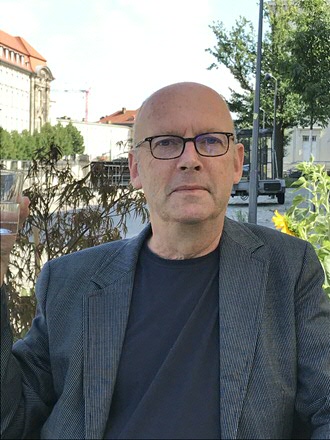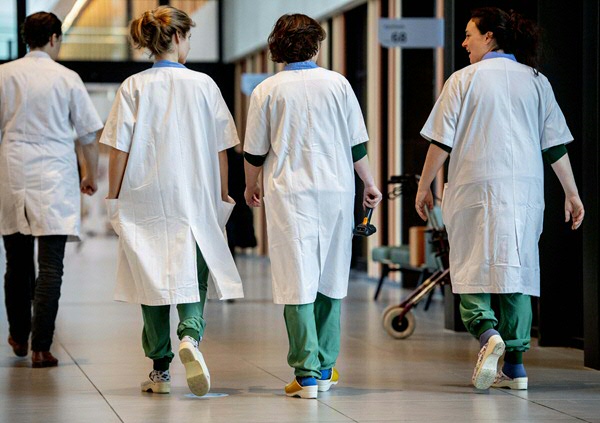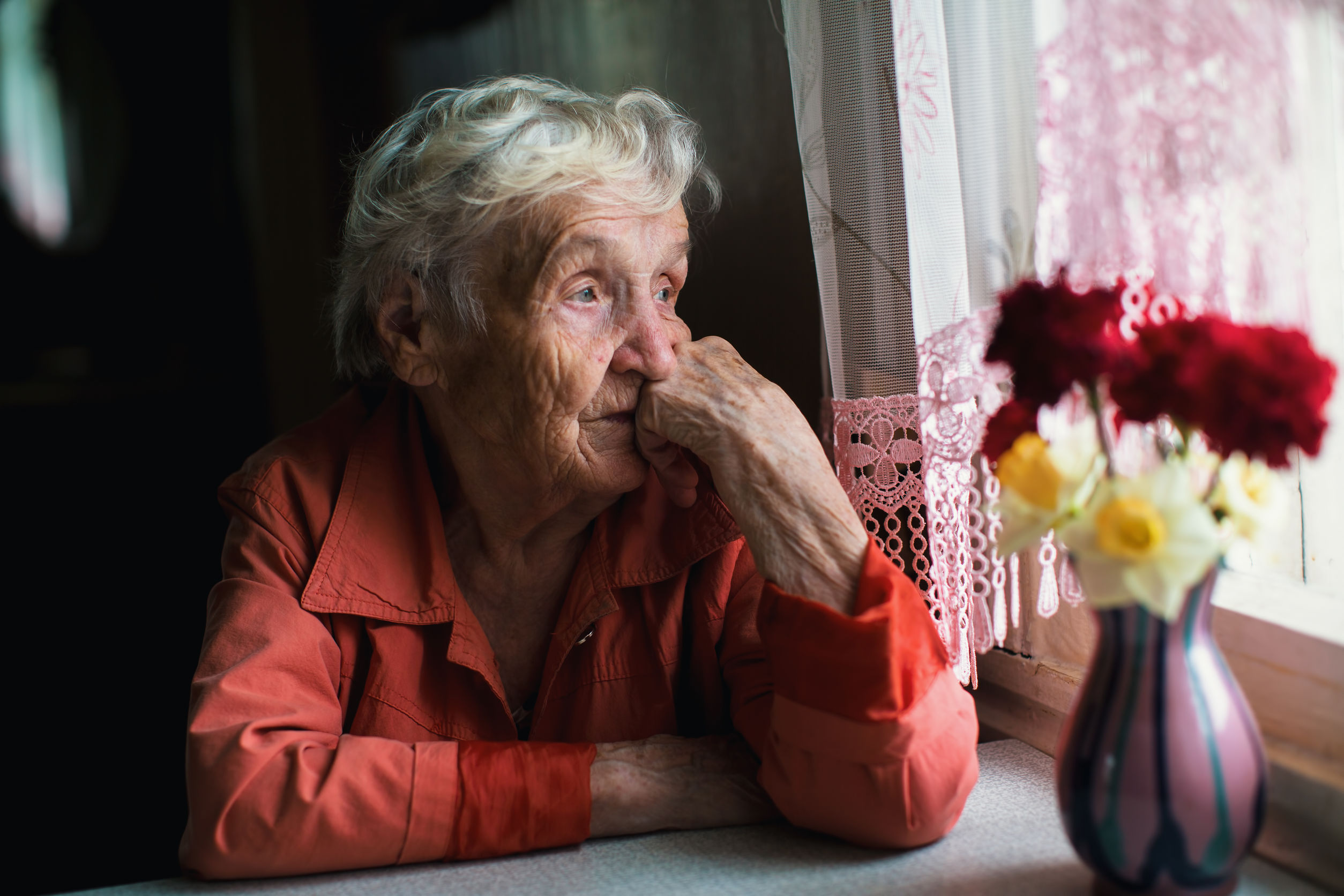Plea for a future-proof health system
Berlin is one of the most ideal cities for an architecture and urban planning excursion. Every year, Cor Wagenaar, Professor of History and Theory of Architecture and Urbanism, takes his third-year Bachelor’s students to see the city – but this year, they arrived just too late. While they were there, Berlin went further and further into lockdown. ‘Some students were starting to get a little worried, so we decided to give them the option of returning back to Groningen or to their families a bit earlier. When everyone was safely back home, I stayed for a couple more weeks. It was interesting to see the city going into lockdown in stages.’
tekst Merel Weijer, afd. Communicatie.

Health is not a medical issue
Wagenaar is head of the Expertise Center Architecture, Urbanism and Health. There, everything is revolving around the COVID-19 virus as well. Wagenaar says that the knowledge centre focuses on different aspects of urbanism and health. Uniquely, the centre approaches issues from the disciplines of architecture and urbanism, and not from that of public health. The biggest challenge is to unite the two completely different worlds of design and medicine.
According to Wagenaar, it is interesting to see that in developed countries, infectious diseases only account for 15% of all deaths by disease; the biggest culprits by far are non-infectious diseases such as cardiovascular diseases and cancers.
He goes on to say: ‘Health is not a medical issue. Non-medical factors such as pollution, smoking, unhealthy food, a lack of exercise, social isolation and climate change have a much bigger effect on public health than medical intervention.’ Many of these non-medical factors are related to architecture and urbanism. Town planners are responsible for, for example, the integration of the sewage networks, the clean water supply and making the city accessible for pedestrians and cyclists.
The German “mountain of beds”
Wagenaar also conducts research into the design of hospitals – a hot issue at the moment. All over the Netherlands, hospitals are rapidly being expanded or adapted. In spite of that, Wagenaar thinks that this will probably not influence the architectural design of future hospitals. Until the early 1990s, the Netherlands still had a network of facilities where they could offer refuge to citizens during times of war, if need be.
Germany, on the other hand, now benefits from the fact that it's health system is old fashioned. In the long run, that makes it unaffordable and it has to be cut down to a more functional system that delivers higher quality. ‘They actually have a surplus of everything there, including intensive care beds.’ The “mountain of beds” was long criticized but has suddenly turned out to be a huge advantage, compared to countries that have a much more modern and future-proof system.

A farewell to the general hospital
However, according to Wagenaar, there’s absolutely no point in preparing hospitals’ infrastructures for a permanent state of war – if that were even possible to begin with. During a pandemic, all you can do is have beds and equipment in reserve, which makes upscaling quickly possible. So, not a permanent mountain of beds but the constant possibility of upscaling. ‘These upscaling scenarios can take various shapes. In Berlin, they want to make hotels fit for hospital use. That is possibly a more efficient solution than stacking bunkbeds in a sports hall, definitely a more comfortable one, and perhaps not even more expensive.’
The trends that can be seen in hospital architecture at the moment will continue on in the same fashion. According to Wagenaar, these trends mainly concern the rise of new distribution models including, on the one hand, a number of large, core hospitals for comprehensive care, in which most rare diseases also occur frequently enough to become experienced in. On the other hand, the models include so-called focused factories to concentrate on the simpler conditions, which could even include dentists, says Wagenaar. In fact, this would mean farewell to the general hospital as we now know it.

Not everything can be predicted and planned
The situation in which we now find ourselves is exceptional and affects the entire health system. But, compared to the run-of-the-mill flu virus, the only actual big difference seems to be the speed with which patients require intensive care treatment, says Wagenaar. The capacity of IC units is being tested to the limit, which doesn’t happen to such an extent with the ordinary flu. Because we are in such an exceptional situation, it could be interesting, according to Wagenaar, to look at the effects of the different health systems, especially regarding the housing and care of the elderly. ‘The Netherlands largely cut back on institutionalized geriatric care, which has led to a huge number of elderly people feeling more and more isolated. In Italy, the number of elderly being taken in by family is possibly higher – but this isn’t necessarily a good thing when it comes to infectious diseases. Another interesting aspect is how the transition to the period after the coronavirus will be shaped and what the lasting effects will be. What the after-effects of the coronavirus will be in the long run can only be guessed at for the moment,’ says Wagenaar. ‘We know that patients who have recovered from SARS 1 can still have major symptoms afterwards.’
But the fact remains that one pandemic isn’t the same as any other. This time, it is the lungs and airways that are being affected but, who knows, maybe the next virus will attack our stomachs and intestines. ‘We have to accept that not everything can be predicted and reconcile ourselves to the fact that we can only plan for normal circumstances.’
More news
-
15 September 2025
Successful visit to the UG by Rector of Institut Teknologi Bandung
